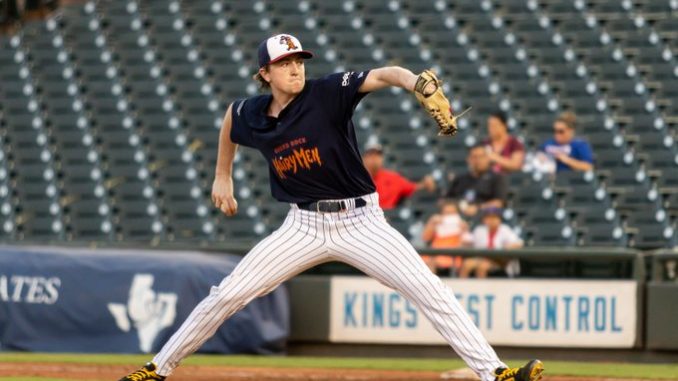
The MLB draft changes rules at round 11. Anyone drafted in this range can get a $125,000 signing bonus without pulling from the team’s draft pool allowance. Any bonus over $125,000 will count against the pool, dollar-for-dollar over the standard $125,000. Most of the picks after the 11th are college players, typically juniors, who will likely sign before they lose the last of their negotiation leverage as a senior.
In 2019, the Braves were able to still acquire notable high-upside prep players thanks to impressive draft pool savings after Days 1 and 2. This season Atlanta stayed with college players for the most part, bookended by two prep school standouts.
Previous Entries In This Series:
Day One (Round 1)
Day Two (Rounds 2-10)
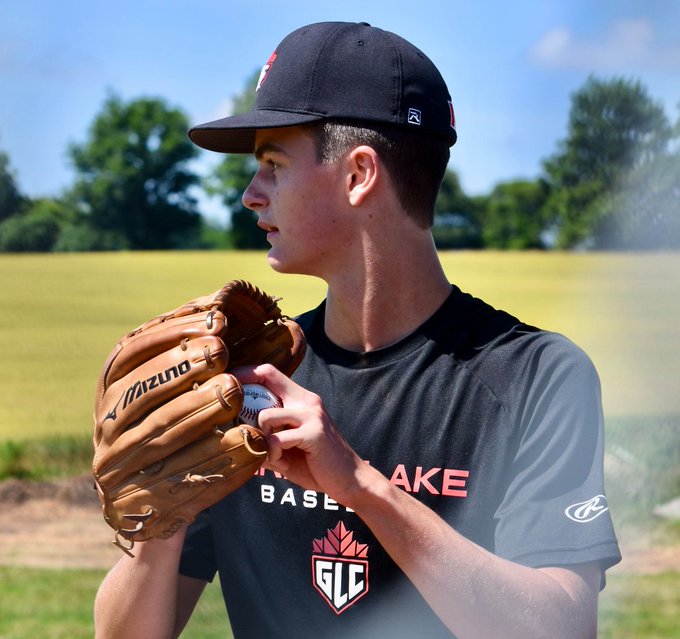
11. Adam Shoemaker, LHP, St. Benedict Catholic SS (Ontario)
Shoemaker had helium coming into the draft, as he left Ontario to work out in New York and attend the draft combine in May. Sitting in the high-80s coming out of lockdown, by June he was showcasing in the low-90s and touching 95. He gets high marks for his slider and has a developing change-up. At 6′-6″ and only 185 pounds, he has a frame that should continue to fill out.
The biggest portion of draft pool money Atlanta saved up in the first two rounds seems likely to end up here. Shoemaker has a commitment to St. John’s University.
12. Andrew Hoffmann, RHP, Illinois
Hoffmann was a strong performer for Illinois after transferring from John A. Logan Junior College, pitching to a team-best 2.87 ERA in 11 starts. Still only 21, Hoffmann is 6′-5″ and 220 pounds and has a fastball that sits low-90s, maxing out at 95, and he works three secondaries: slider, change-up, and curve. The slider and change-up are average/above average now, while the curve is a recent addition.
Hoffmann still has two years of eligibility left so he does have some leverage, though Atlanta is expected to sign him.
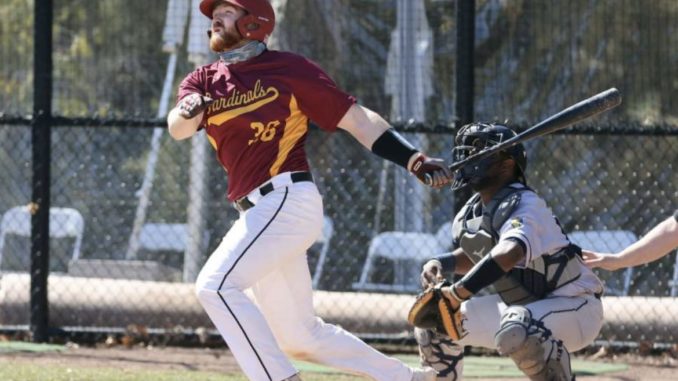
13. Adam Zebrowski, C, St. John Fisher College
Well this is a fun pick. Zebrowski broke pretty much every single-season record at St. John Fisher College and almost hit for the Division III Triple Crown in 2021, hitting .500 on the season with 20 home runs and 70 RBI. He followed that up by hitting .352/.438/.778 in the wood bat Perfect Game Collegiate Baseball League this summer with 6 home runs in 17 games.
Obviously that’s all comparatively low-level competition, but he’s got a classic slugger’s body.
14. Caleb Durbin, SS, Washington University
Another Division III star, Durbin was a wrestler in high school, so he may be one of the few baseball players that doesn’t look at a long season as a relentless grind. He put up video game offensive numbers in the University Athletic Association, hitting .385/.460/.640 in 2021, then hit .302/.361/.358 in the wood bat Northwoods League this summer.
There’s questions regarding him bringing power to the next level, but he’s athletic and should be able to stick at shortstop.
15. Christian Robinson, OF, Stanford
Drafted by San Diego in the 27th round of the 2017 draft out of high school, Robinson was heavily recruited by Stanford, who usually gets whom they want. Robinson was a late-bloomer who had his breakout year in 2021, hitting .318/.398/.500 with 8 home runs. Robinson is a left-handed hitter with solid power potential, and he can play all over the outfield.
16. Kris Anglin, LHP, Howard College
The only JUCO selection by Atlanta in the draft, Anglin was a reliever in his only season at Howard College, joining the team in June out of Frontier High School in Bakersfield, CA after changing course in the wake of the COVID pandemic and turning away from a commitment to Cal State – Bakersfield so he could be draft eligible in 2021. So, mission accomplished.
Anglin is 6’5″, 220 pounds and has three pitches, notably a fastball that runs in the mid-90s.

17. Tyler Tolve, C, Kennesaw State University
A graduate of Marietta’s Sprayberry High School, Tolve made the most of starting most games behind the plate his junior year at KSU, batting .319/.393/.498 with 7 home runs for the Owls. Tolve swings the bat from the left side and currently shows an all-fields approach.
Tolve will turn 21 on Friday, very young for his college experience level. Also, happy birthday Tyler if you read this.
18. Austin Smith, RHP, Arizona
Smith transferred to Arizona in 2021 after three seasons at DIII Southwestern University, with mixed results in his first exposure to DI ball. Smith pitched to a 5.14 ERA in 28 innings split between 6 starts and 12 relief appearances, striking out 25.
Smith’s calling card is a big fastball that sits mid-90s and touches 98, with a slider as his primary secondary.
19. Samuel Strickland, LHP, Samford
The pandemic likely cost Strickland a shot at being a top 10 pick as he returned to Samford for a fourth year and had a difficult season, pitching to a 5.09 ERA. That said, Strickland has demonstrated outstanding control over the course of his college career, only allowing 1.8 walks per nine in his four seasons.
Strickland has a four-pitch mix with a fastball that sits low-90s and has touched 95. He also has a curve, change, and slider.
20. Ty Evans, OF, Lakeland Christian School
Evans is an athletic, 6′-2″, 200 pound two-way player with a better outlook at the plate than on the mound. A right-handed hitter with clean mechanics and burgeoning power as well as above average speed.
That said, Evans has a strong commitment to the University of Florida, and he’s the unlikeliest draft pick to sign with the Braves.

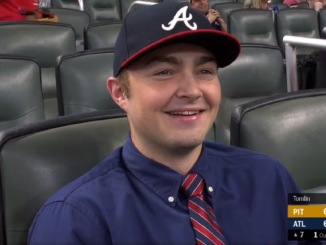

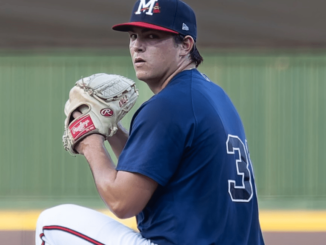
Leave a Reply